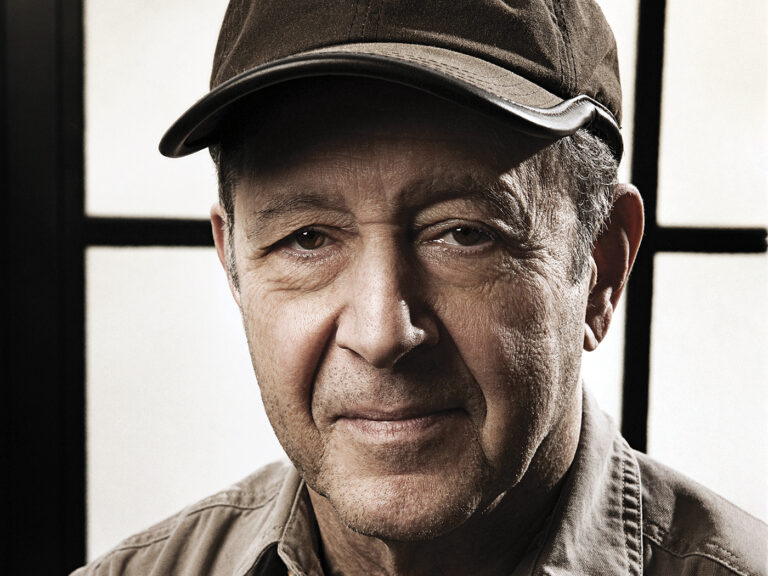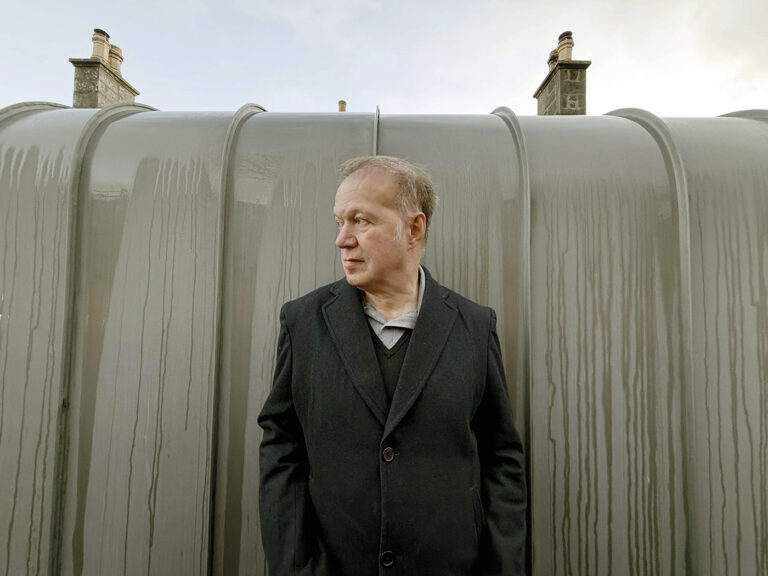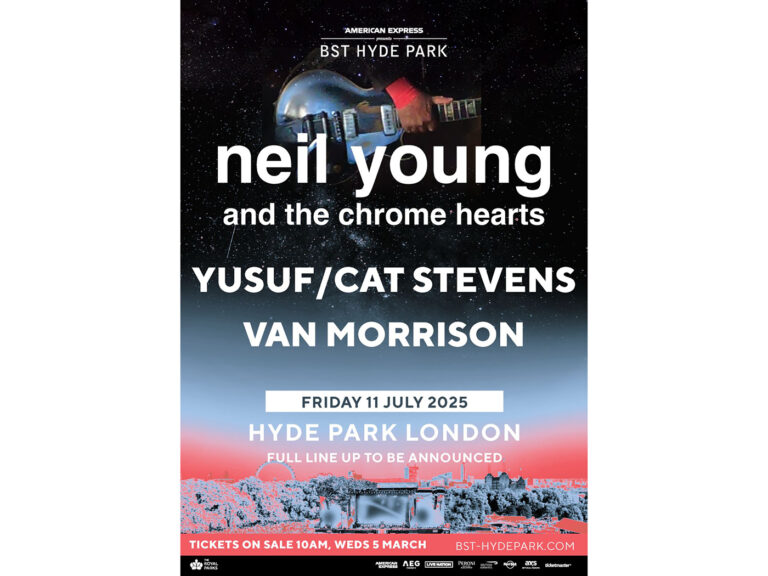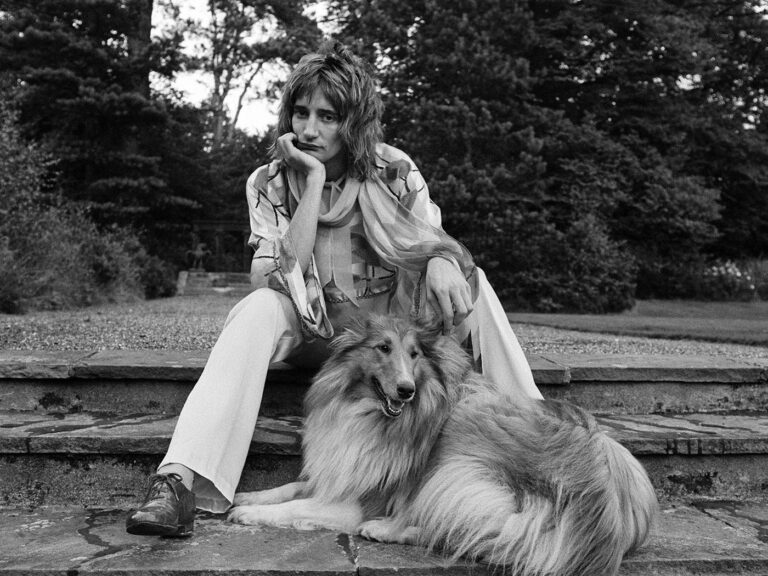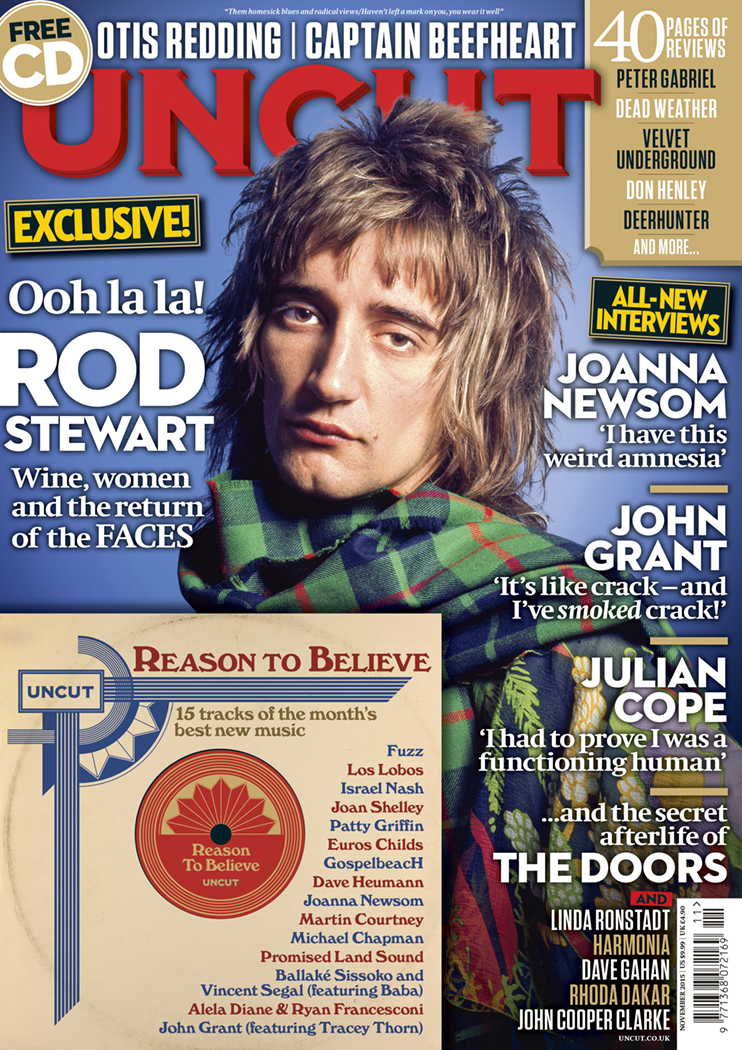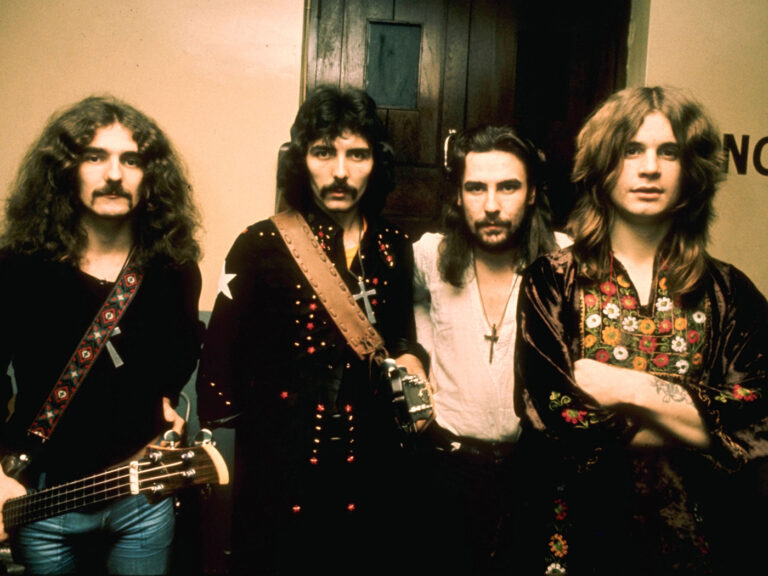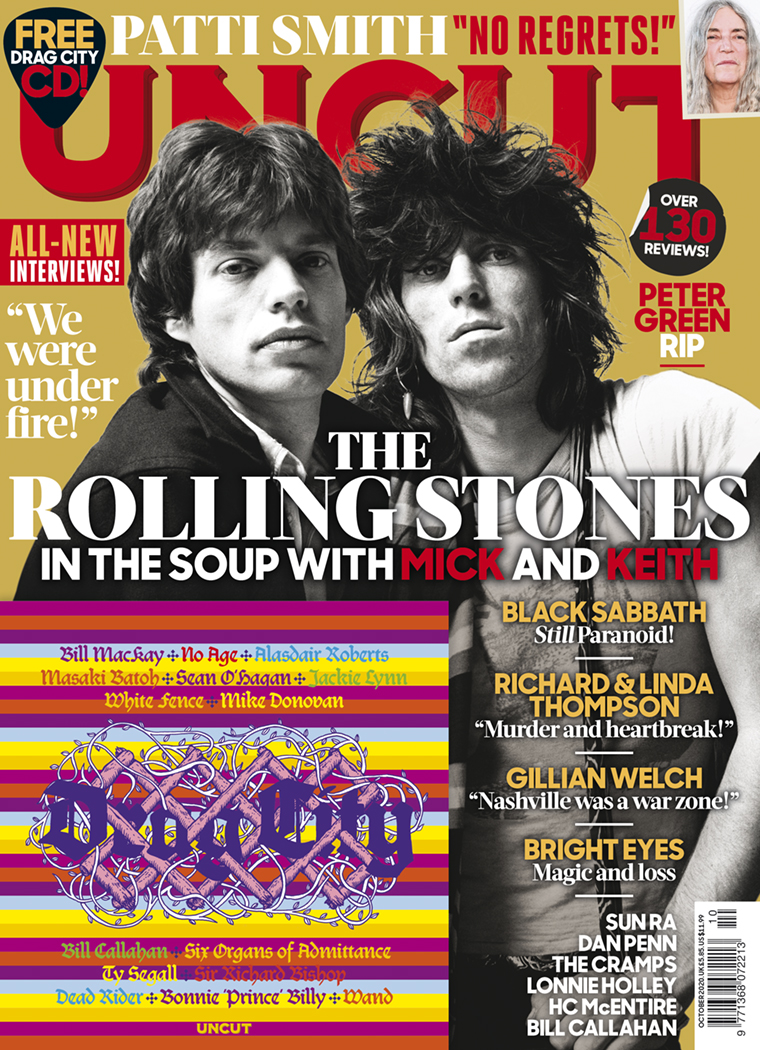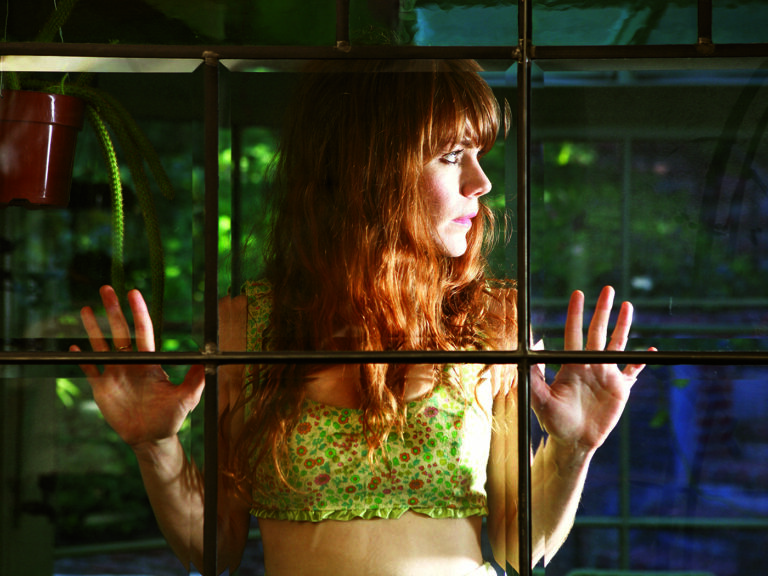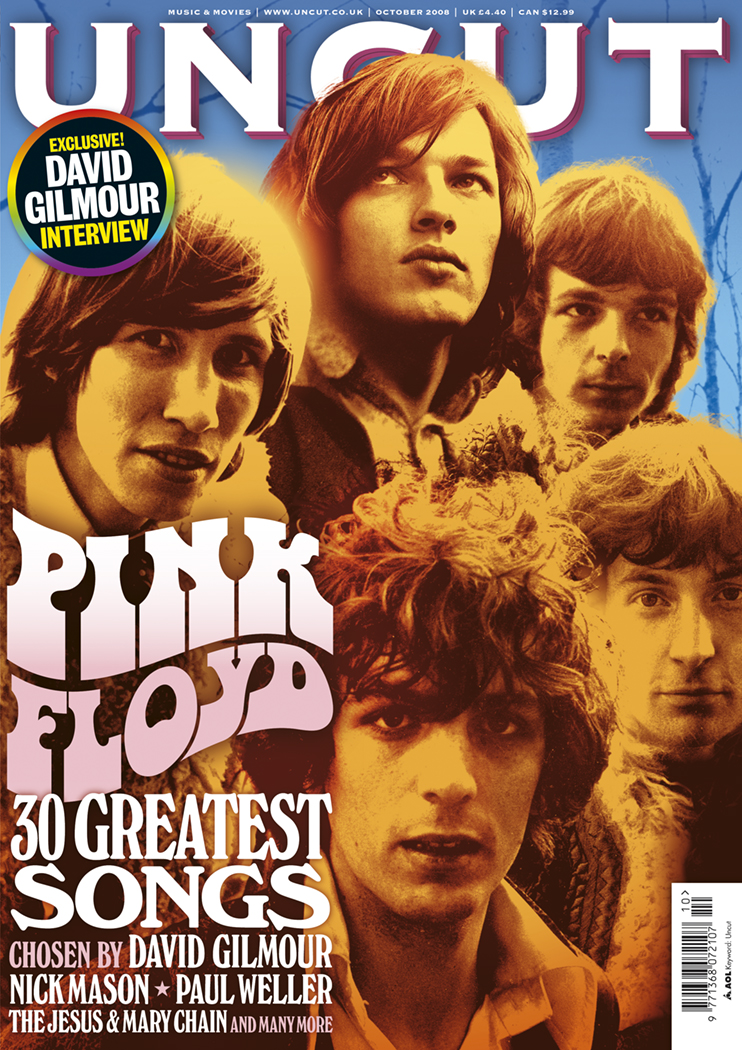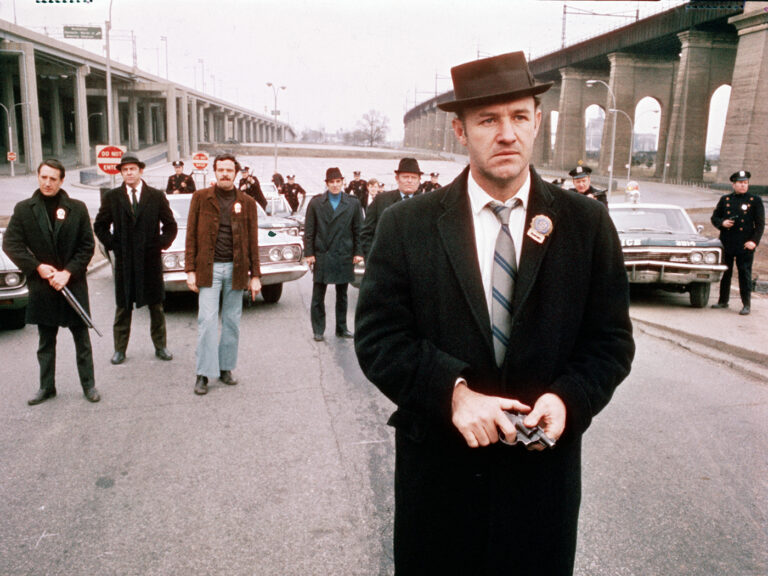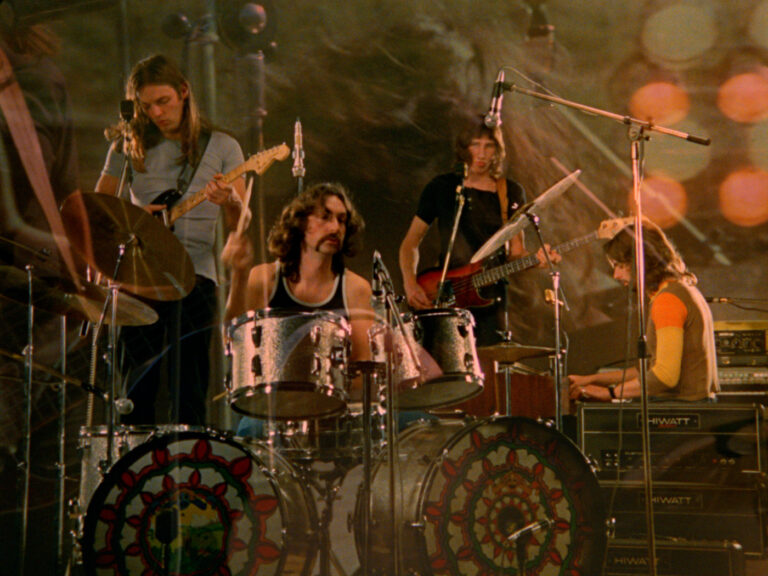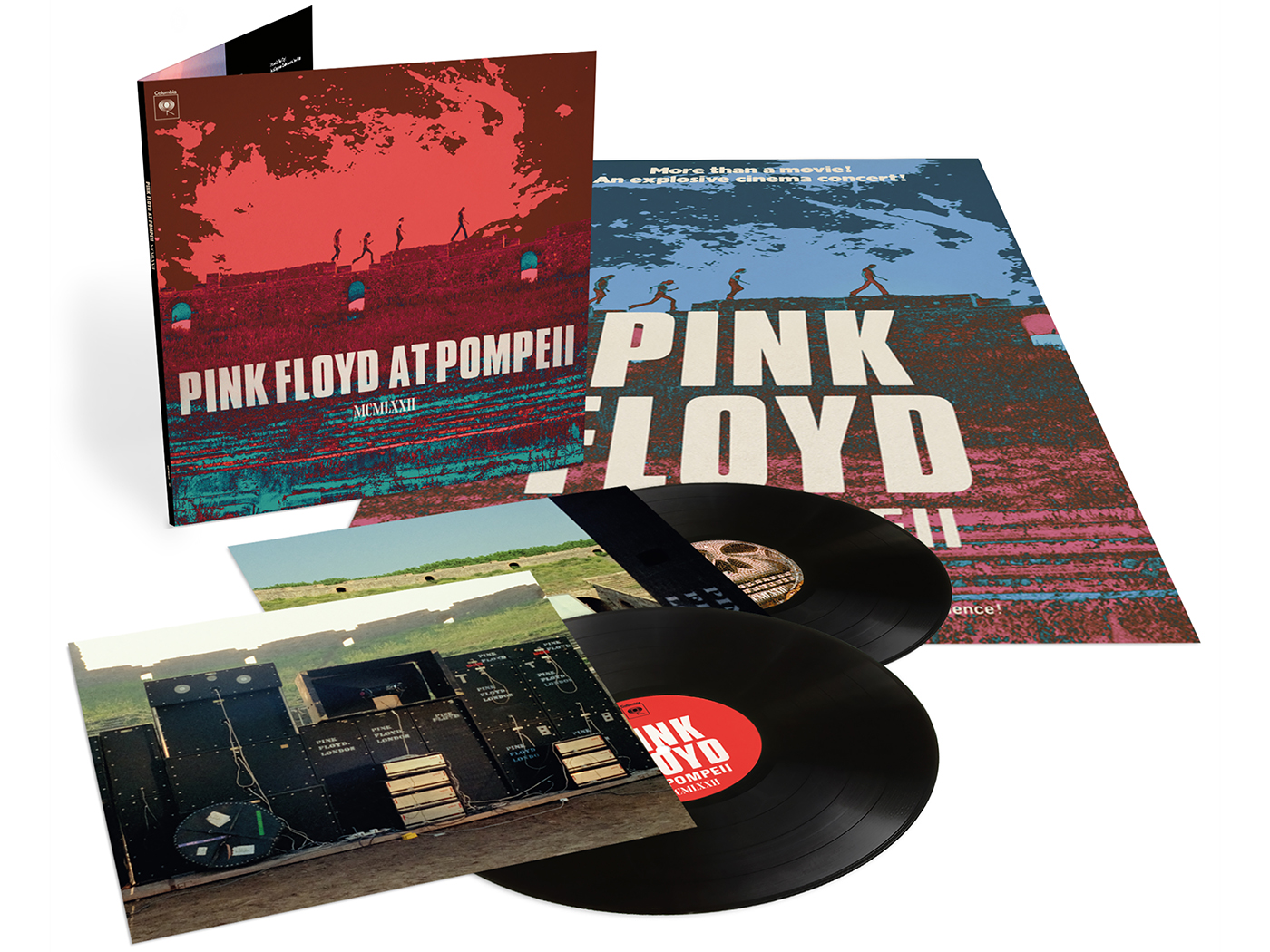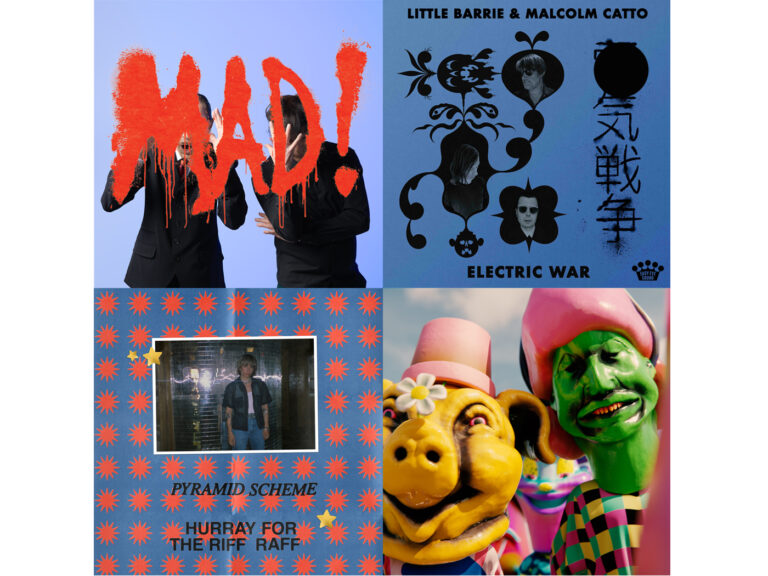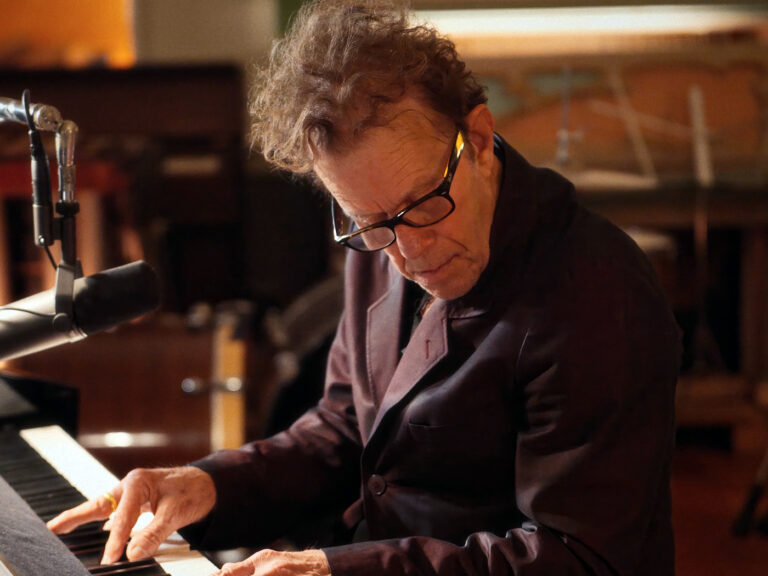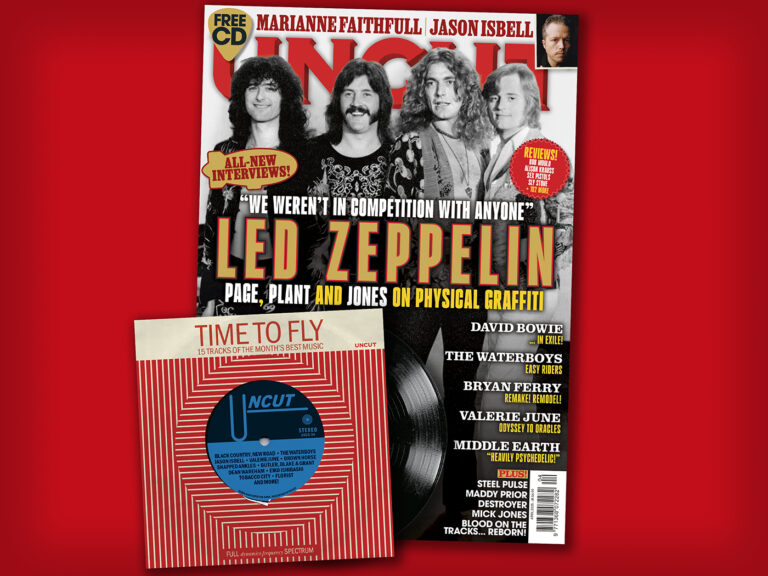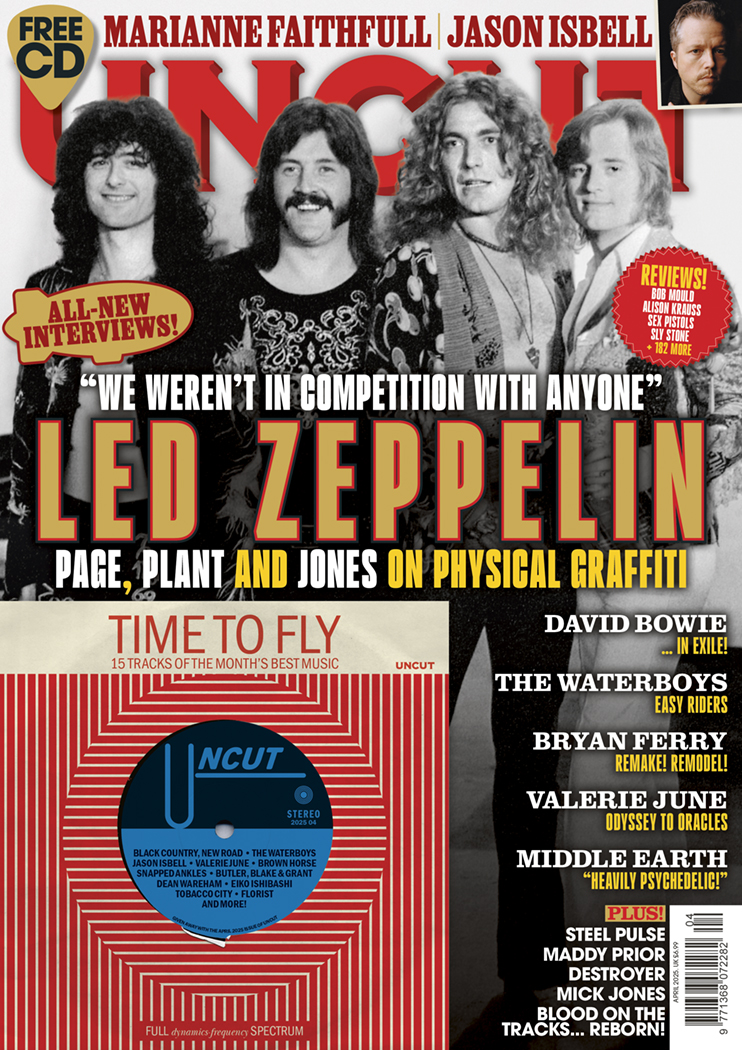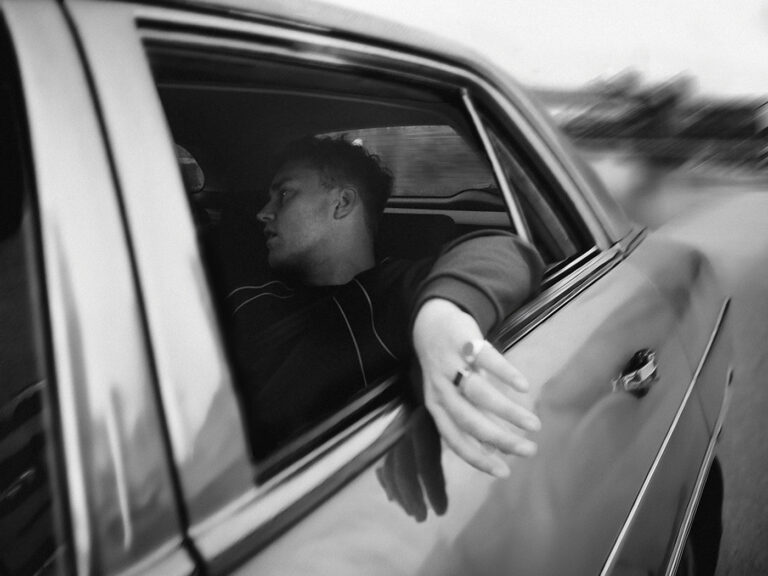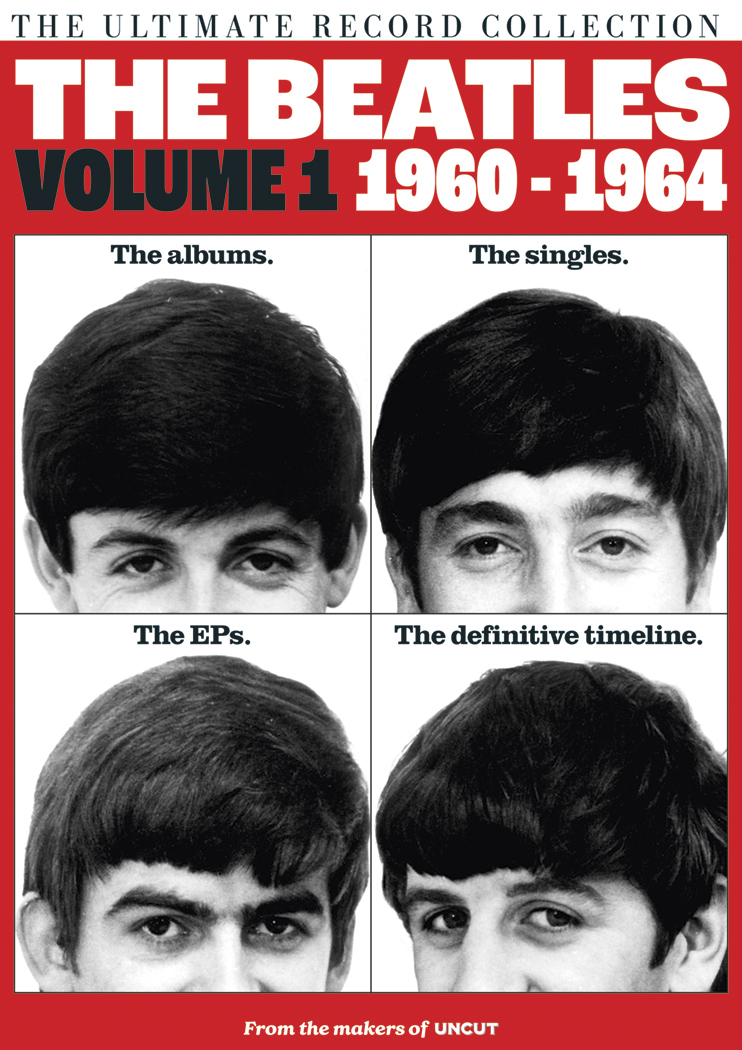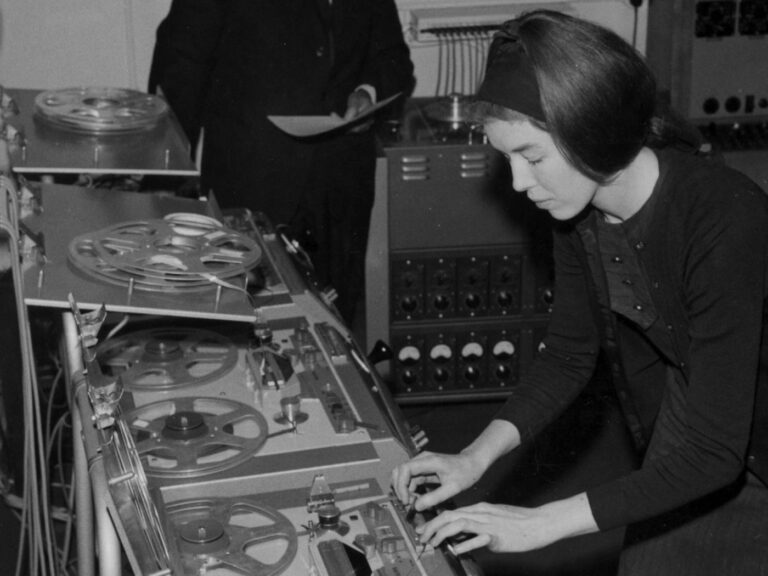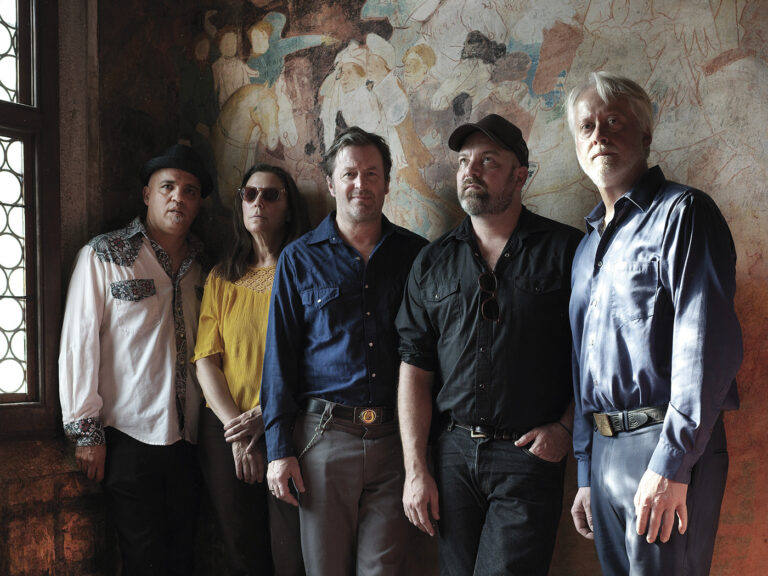The thunder lizards of classical and romantic music, from Haydn to Wagner, bestrode the earth for hundreds of years. They achieved musical domination by imposing a sense of form and narrative upon Western music, to express the warp and weft of human emotion and fate. Statement, development, recapitulation, climax, applause. A little over 120 years ago, music began to atomise, harmonies soured, familiar structures devolved into atonalism, spectral texture and formal experiments with microtones and alternative scales.
Post-war, as avant-garde music drifted towards the hardiest of specialist audiences, another tendency took shape. This one has proved more popular, and commercially viable. US composer Steve Reich is a figurehead of this development, sometimes called minimalism, a term almost none of its protagonists care to associate themselves with. In the mid-’60s, Reich was a music enthusiast based on the West Coast, involved in the experimental music scene around the San Francisco Tape Music Center collective featuring Morton Subotnick, Pauline Oliveros, Terry Riley, Ramon Sender and others. Shortly after performing in the premiere of Riley’s seminal In C in 1964, a civil rights campaigner presented Reich with some recordings of black men wrongly accused of crimes. Reich cut up and looped a tape of 19-year-old Daniel Hamm, one of the ‘Harlem Six’, speaking about his injuries following a beating by police. The resulting work, Come Out (1966), is one of Reich’s earliest pieces, included on Disc One of this gargantuan 27CD odyssey through the life’s work of this titanic figure, who turns 89 later this year.
These first works like It’s Gonna Rain (1965) and Pendulum Music (1968), in which four microphones are set swinging above loudspeakers, generating feedback, already seem confident for their era. Although many might think of Reich’s music as being abstract, Come Out was merely the first of many works throughout his life where he has focused on the human voice in the midst of enormous political upheavals. Far from being mere barren exercises in time and interval, Reich has striven for his music to retain a contemporary relevance.
The string quartet and tape piece Different Trains (1988) is the most famous example. Its quietly shocking transition from Reich’s nostalgic childhood memories of trans-continental railroad trips to the recollections of Jewish Holocaust survivors on the trains to the concentration camps struck a nerve, and the Kronos Quartet’s definitive version was a huge hit, in classical music terms. It emboldened Reich to compose other works evoking a sense of people caught in history’s cogwheels: Three Tales (2002, a video opera featuring the Hindenburg disaster, the Bikini atomic tests, and the cloning of Dolly the sheep); Daniel Variations (2006, on the Jewish American journalist Daniel Pearl, murdered by Islamic kidnappers); and WTC 9/11 (2011, on the terror attacks in New York that took place near his family home).
All of these are included in the boxset, not least because Reich came of age in the phonographic era, meaning that his career has been aided and augmented by ongoing relationships with specific record labels. During the ’70s it was ECM and Deutsche Grammofon who helped to spread his reputation by releasing key works such as Music For 18 Musicians and Drumming. In 1985 Reich signed a deal with Nonesuch for his choral work The Desert Music (1985). His compositional output has enjoyed a symbiosis with their release schedules ever since.
This set contains not only all the Reich music Nonesuch has released, but they have also licensed some of those earlier works, to make this a true survey of the man’s oeuvre. As it was my own first encounter with Reich on a spotty DG vinyl, I’m glad to hear again the lovely, twinkling Music For Mallet Instruments, Voices And Organ (1973). From the Ghanaian-influenced Drumming (1970–71) through the rest of the decade, Reich – who played a jazz kit in his youth – pushed percussion to the foreground. He referred to his practice, which he explored with his own ensemble of likeminded players, as ‘music as a gradual process’. Now that we have lived through the rise of funk, electronica and sample-based music, it’s easy to overlook how radical this formulation was. It’s what makes Reich’s music so anti-bombastic, compared to the symphonic sounds of the 19th century. The music is built on a system of repetitions and small phase-shifts that ripple through the whole thing with a sonic butterfly effect. It can give the impression of having a mind of its own: instead of a crescendo, it simply halts when the program has run its course, like tickertape running out of the gate. At the same time, though, it is determined by very human components – the players themselves and their choices, the length of time they can hold a breath, the skeletal physics of percussive strikes.
The zenith of this approach was Music For 18 Musicians (1974–76), surging like a pulsar, never stepping in the same river twice. Reich’s signature work is a miracle of aural hallucinations. Describing a performance in his sleevenote, Timo Andres puts it perfectly: “One has the sense of observing a utopian society in miniature, a mass of people working towards a common goal with no apparent leader.” The piece appears in two versions here: the one recorded by Reich’s group for Nonesuch in 1996; and Ensemble Signal’s lithe, swinging version from 2011. The presence of this youthful ensemble on the last disc serves to show how Reich’s music is being accessed and carried into the future by young generations of musicians. The secrets will not be lost with the dying-out of the composer’s closest circle.
Reich’s career began among the whirlpool of radical energies in the ’60s, including alternative spiritual practices such as yoga and meditation. By the end of the ’70s, he felt compelled to reconnect with his Jewish roots, beginning with Tehillim (1981). The 1994 version here masterfully combines the ecstatic female vocals with the earthy ground harmonies of a small group. There is less sense that the music is ‘programmed’, and Reich allows his love of Hebrew psalms and the medieval polyphony of Perotin to combine with intricate rhythms that sound as if a Balinese gamelan troupe had been parachuted into a court in Moorish Spain. Reich has since returned to Old Testament and Jewish themes in works like You Are (Variations) (2004), Traveler’s Prayer (2020) and Jacob’s Ladder (2023), the most recent work in this collection. With its aural depictions of angels climbing and descending a ladder between Heaven and Earth, it is a vivid and mature piece of sonic painting which also perhaps represents the ageing composer gazing into the infinite.
From The Orb sampling Pat Metheny playing Electric Counterpoint to Reich’s creative relationship with younger composer Nico Muhly, Reich has become a lodestar visible to many younger musicians beyond the contemporary music field. Radio Rewrite (2012) was a homage to Radiohead containing veiled motifs from songs like “Everything In Its Right Place”. Travelling across the entire sweep of this extraordinary boxset, you’re joyously reminded of Steve Reich’s diversity and invention over 60 years, while all the time retaining an audible stamp that is instantly recognisable. It’s a lovingly prepared and curated collection, with essays by some of Reich’s fellow musicians and industry colleagues, extensive listening notes on every piece, complete lyrics and librettos for all the vocal works, exhaustively compiled credits, and a useful timeline of his life and works. A musical evolutionary leap housed in a discographic treat.
When you purchase through links on our site, we may earn an affiliate commission. Here’s how it works.


